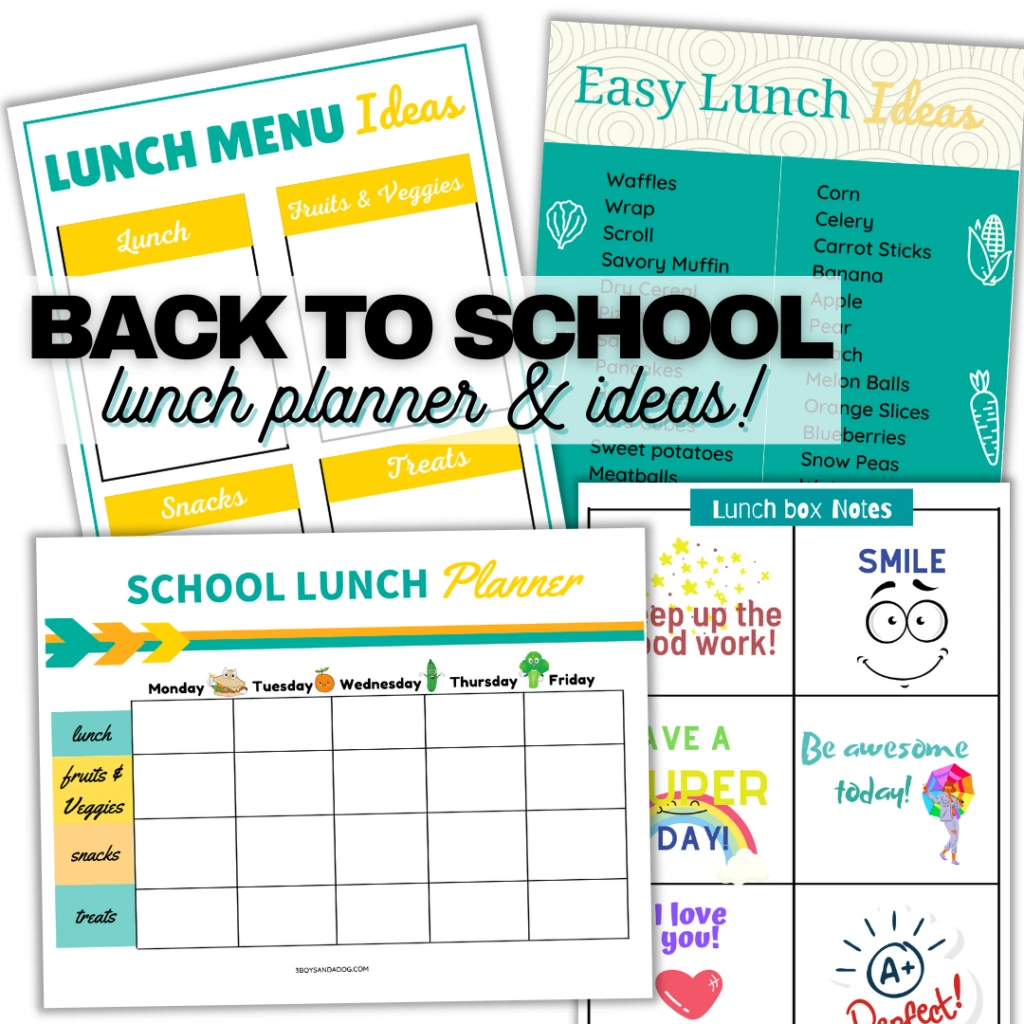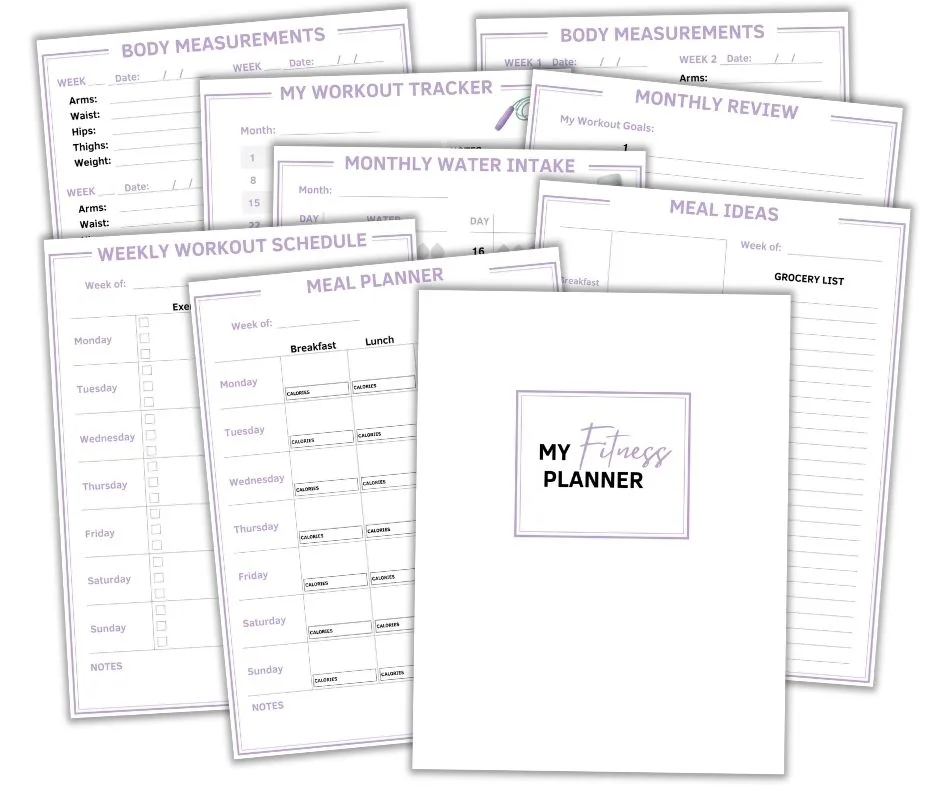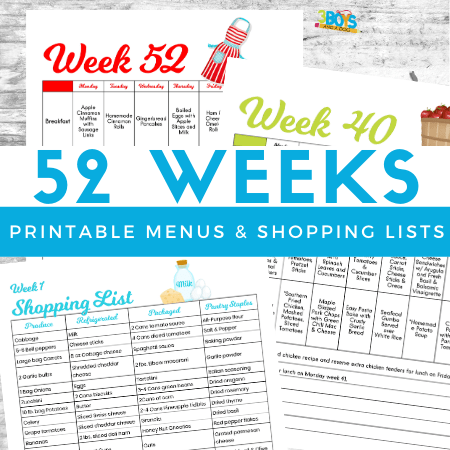Streamline your meal planning process, optimize your grocery shopping efficiency, and elevate your culinary experience using this cooking menu for the week!
By incorporating thoughtful menu planning, you can enjoy a diverse range of delicious meals that are both nutritious and flavorful. Let’s dive in and transform your weekly meals into a delightful culinary experience!

These tips help create a well-balanced weekly menu, adapt recipes to accommodate various dietary restrictions, incorporate seasonal ingredients for freshness and cost-efficiency, and explore new recipes through experimentation with different cuisines and cooking styles.
Challenges of Daily Meal Planning
Meal planning can be time-consuming and requires daily decision-making about what to eat. Doing this daily may lead to repetition and a lack of variety in one’s diet—which is not good.
It may also make grocery shopping more frequent, leading to inefficiency and potentially higher costs. Constantly deciding what to eat can add unnecessary stress, especially after a long day at work.
Benefits of Having a Cooking Menu for the Week
Planning a weekly cooking menu can offer many benefits. Firstly, it saves time by allowing you to plan meals ahead of time, reducing the need for daily decision-making.
Secondly, it promotes variety by making incorporating a range of meals easier, ensuring a balanced diet, and avoiding making the same thing on repeat.
Thirdly, it is cost-effective, improving grocery shopping efficiency, reducing waste, and saving money. Fourthly, a planned menu enables better control over ingredients and portions, leading to healthier eating habits.
Finally, it reduces stress by providing a sense of organization in meal preparation. Knowing what to cook ahead of time also reduces daily stress!
A weekly cooking menu offers numerous advantages over daily meal planning. It provides a more structured approach to meal preparation that can lead to a healthier and more efficient lifestyle.
Building Your Weekly Menu
A few tips can help simplify the process when building your weekly menu. (Remember – it doesn’t have to be hard!)
Assess Your Goals: Before creating a weekly meal plan, it’s essential to determine your dietary goals, whether it’s weight loss, muscle gain, or maintaining a healthy diet.
Meal Prep Guide: Meal prep can be valuable for maintaining a healthy eating routine, especially during busy weekdays. Learning essential tips on preparation and storage can help streamline the cooking process ahead of time!
Balanced Meal Planning: Building a weekly menu that caters to your nutritional needs can take the guesswork out of dinnertime and ensure you’re consuming a balanced diet. This approach helps maintain consistency and healthy eating habits.
Healthy and Balanced Meal Plan: Planning healthy and balanced meals is achievable with practice. A well-structured 7-day meal plan can provide nutritious and varied meals throughout the week!
Meal Planning Tips for Beginners: Learning how to meal plan effectively can save time and money each week. Meal-planning tips tailored for beginners can improve eating habits and reduce food waste.
These strategies and tips in your weekly meal planning can help you achieve a well-rounded and nutritionally balanced menu!

Diverse Dinner Ideas for the Week
Planning a diverse dinner menu for the week can introduce variety and excitement to your meals while ensuring easy preparation, nutritional balance, and delicious flavors.
Here are some example meals that showcase flavor and diversity.
One Pot Dishes
Slow Cooker Recipes
Quick Meals
- Creamy Tomato Beef Noodle Skillet Recipe
- 30 Minute Sheet Pan Beef Fajitas
- 15-Minute Instant Pot Spaghetti Meat Sauce Recipe
Instant Pot Recipes
- Hearty Instant Pot Ham and Potato Soup
- Instant Pot Hamburger Soup Recipe
- Instant Pot Pizza Mac and Cheese Recipe
Chicken Dinner Recipes
Once you have your recipes, it’s time to create your grocery list!
How to create and use a grocery list
Use these simple tips to create an efficient grocery list that aligns with your weekly menu and incorporates pantry staples for convenient meal preparation.
Creating a Grocery List: Utilize paper or meal-planning apps on your smartphone to generate a shopping list based on chosen recipes and other necessary items, ensuring a structured approach to grocery shopping.
Building a Better Grocery List: Before heading to the store, ensure your grocery list is complete, comprehensive, and specific to the quantities needed. Shop your kitchen first to avoid unnecessary purchases!
Efficient Grocery List Creation: Assess your current inventory, plan your meals, consider using templates or apps for organization, prioritize items, and leave room for additional essentials when making your grocery list.
Organized Grocery List Creation: Maintain a running list, plan meals, take stock of staple items in your pantry, look up coupons for savings, and print out an organized grocery list for smoother shopping experiences.
By following these tips while creating your grocery list, you can create a personalized and detailed list that aligns with your weekly meal plan, reduces the need for frequent store visits, and guarantees that you have all the necessary pantry ingredients for any last-minute meal preparations!
Adapting Menus for Special Diets
Here are some tips and creative approaches to customize menus and make every meal delightful for everyone.
Modifying Recipes for Dietary Restrictions: When accommodating dietary restrictions or allergies, consider making thoughtful substitutions and adjustments in recipes to cater to specific needs without compromising flavor or nutrition.
Creating a Menu for All: Crafting a menu that accommodates everyone’s dietary restrictions involves thoughtful planning to ensure every guest can enjoy a delicious meal without worry.
Handling Dietary Needs with Apps: Modern technology can help manage meals for different dietary needs. These apps can assist in finding recipes, coordinating grocery lists, and simplifying the process of adhering to specific dietary requirements.
Inclusive Menu Planning: For Gluten-free or vegan diets, it’s essential to ensure your menu is inclusive and accommodating to all guests, providing options that meet various dietary preferences and needs.
Managing Dietary Restrictions: Managing dietary restrictions within your family, such as eliminating staples like wheat, dairy, or eggs, involves changing your approach to meal planning and cooking to accommodate these needs effectively.
When adapting menus for special diets, it’s crucial to consider your guests’ dietary restrictions and plan accordingly to ensure everyone can enjoy a delicious and inclusive dining experience.
Shop My Printables
These printables are great for meal planning and organizing! Simply click the image to check out my shop products!



These tips can help create a lunch, dinner, or both menu list. Prepping the menu for the week can be a breeze with these simple tips and options.
The biggest thing to remember is that there are many different recipes and options for making something new and delicious each week. You’ll be planning like a pro in no time at all!










![Freshware Meal Prep Containers [21 Pack] 3 Compartment with Lids, Food Storage Containers, Bento Box, BPA Free, Stackable, Microwave/Dishwasher/Freezer Safe (24 oz)](https://m.media-amazon.com/images/I/51behMhFntL._SL500_.jpg)

